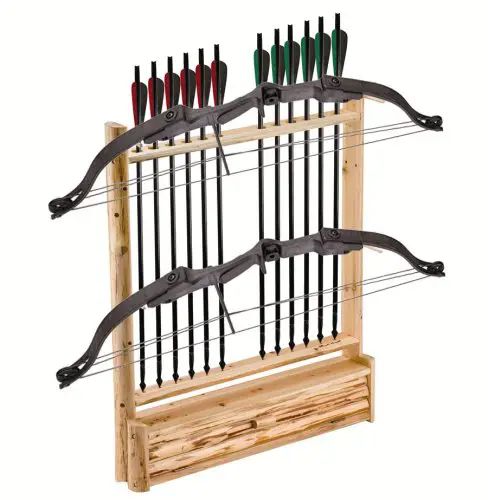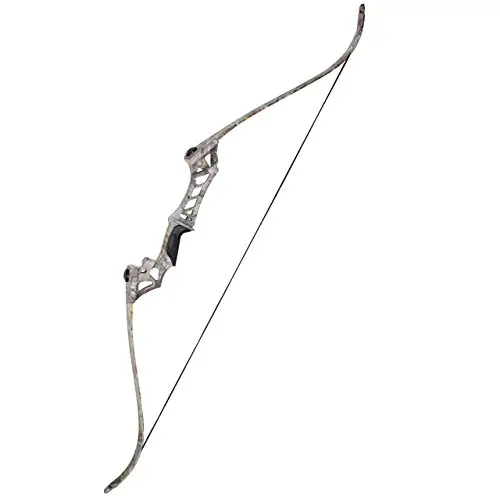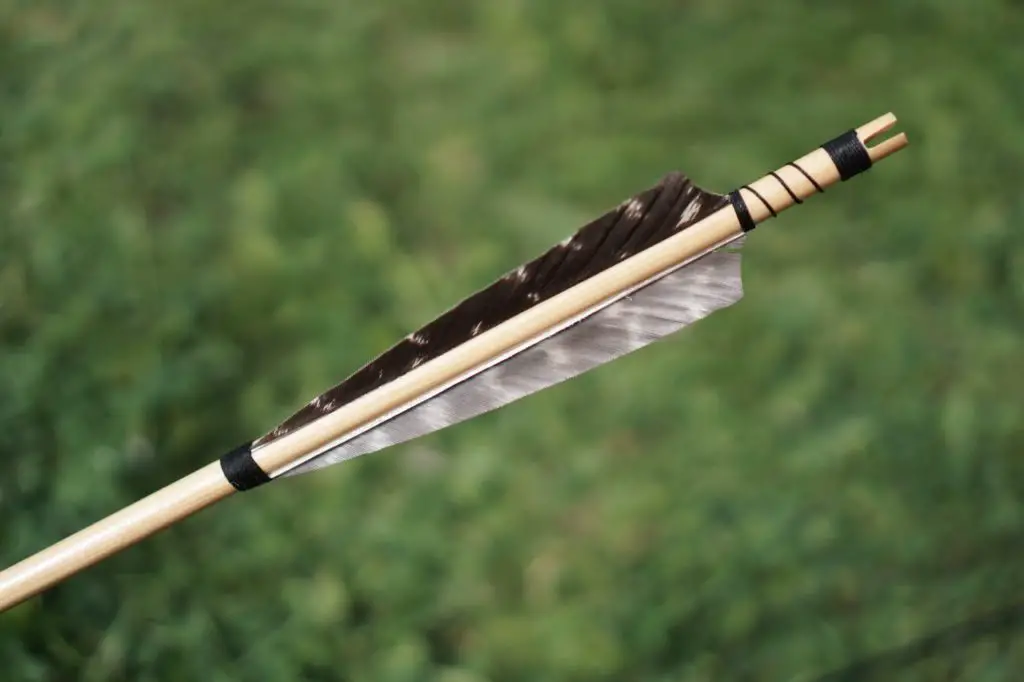We’ve all seen the heroes effortlessly pull the bowstring and release a perfect shot in the movies. Reality is a little different, though. It takes a lot of practice to accurately shoot at targets. It’s even more difficult to hunt down a moving animal. The question is, is a recurve bow good for beginners?
There are few things you need to know before you dive in head-first and buy expensive equipment. One of the most important things is picking the right bow for yourself. When you’re getting your first bow, you have to choose between a recurve bow and a compound bow. Both types of bows are great and you can have a lot of fun shooting them. Picking the best one is a matter of aligning your needs to the characteristics and features of the bow.

Recurve Bows and Compound Bows:
Recurve bows:
One of the most practical and widely used bows for thousands of years. Three main parts consist of the riser and two limbs. When you pull the string, the limbs are curved and as the string is released, the kinetic power is released, shooting the arrow powerfully at the target. It takes hours of practice to master the use of a recurve bow, but once you do, you’ll realize the time was worth it.
The biggest advantage of these bows is their mobility. Most recurve bows these days are designed to be assembled and taken apart, not as one piece. This feature makes them easier to carry around. Recurve bows, due to the simplicity of their design, also tend to be lighter than other types of bows.
Compound bows:
These could be described as more complex and technical cousins of recurve bows. However, as scary looking as they may be, compound bows are in some ways easier to use. In some cases, these bows can be even more accurate than the recurve bows. For example, if you aren’t used to shooting with a recurve bow, your hands might shake while drawing a recurve bow, thus sacrificing accuracy.
Recurve Bow vs Compound Bow – Which One is Better for beginners?
Recurves can be great for beginners, but there are few little things beginners should pay attention to. First of all, recurve bows put a lot of strain on your arms and require a high level of fitness to use. However, there are some specifically designed for beginners. With a draw weight of 30 pounds, some recurve bows are much easier to practice with. You can start practicing proper form. Most importantly, you must know how to release the string for maximum shooting efficiency. Once you’ve gotten used to the basic principles, you can gradually increase draw weight. The main benefits of a recurve bow are great power of shots, accuracy, and ease of transportation. With practice, you can get past the draw issues and eventually master the use of recurve bow. This type of bow also offers you a more traditional way to hunt, without the use of any accessories. When you’re daydreaming about taking down a big animal with your bow, you don’t picture a compound bow. You picture a simple bow that doesn’t do all the job for you. It is more satisfying to be a master of your weapon and take down the prey using your own skills.
The design of compound bows is complex and technologically intricate, but in some ways, they are easier to use for beginners. The disposition of a compound bow allows you to use a bow with a much heavier draw weight than 30lbs, even if you’re new to archery. With these bows, you also get a lot more built-in aids, such as sights. This might be either positive or a negative feature, depending on your perspective. Some marksmen prefer to rely a lot more on their skills rather than the help of accessories.
Compound bows shield you from some of the complications that might arise when you use recurve bows. On the other hand, being shielded makes you reliant on your bow and the accessories. As the saying goes, what doesn’t kill you makes you stronger and I believe that’s the cardinal difference between recurve and compound bows. You can start with a more technical bow that takes care of things for you. But if you decide to switch back to a simpler recurve bow at some point, you’re going to struggle anyway. That’s why I think that it’s better to start with recurve bows right from the get-go.
The Verdict:
Starting with a recurve bow is the right choice for the long run. It may be challenging at first, but by overcoming these challenges, you acquire the necessary skills to become a good marksman. On the other hand, If you don’t mind relying on complicated equipment to achieve desired results, a compound bow also gets the job done.
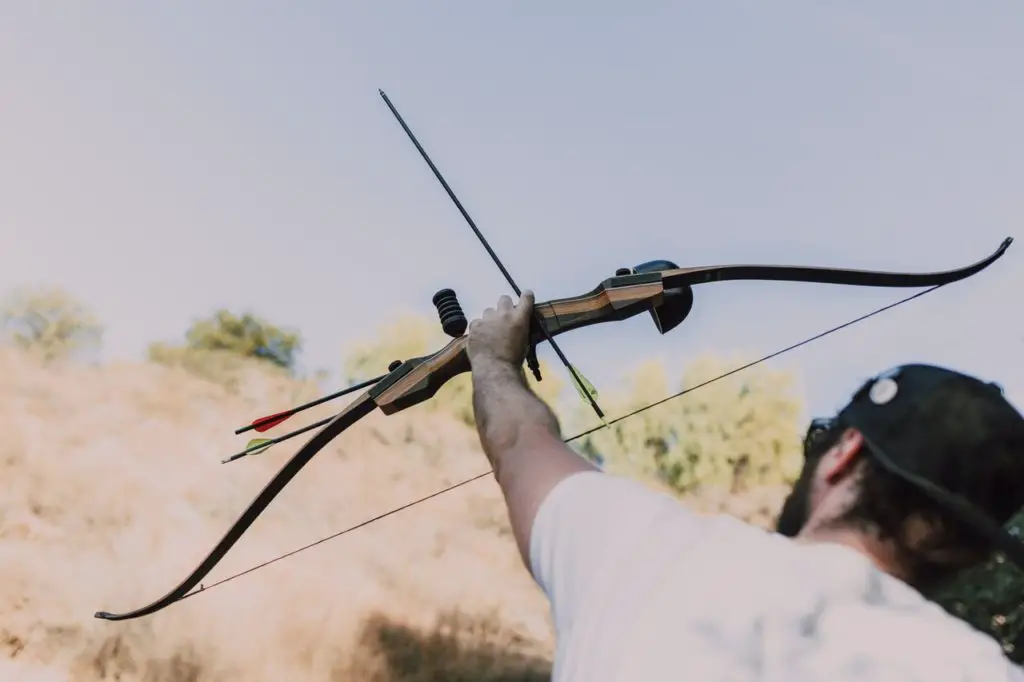
Recurve Bow Hunting as a Beginner
Hunting is an awesome pastime, and it can be fun if you’re prepared for it. A hunter needs to have the necessary skills to hit the animal and most importantly, good equipment. The most integral pieces of equipment are bows and arrows.
Recurve bows have been used for hunting for thousands of years. That’s definite proof of the effectiveness of this bow for taking down prey. However, if you are a total beginner, I would advise using caution before rushing to the action right away. When you try to use a recurve bow for the first time, there’s a lot to figure out. I wouldn’t complicate it further by preparing for hunting straight away. If you practice for the first few months, everything will go over a lot smoother. Once you’re able to regularly hit a target with a size of an apple from a distance, you’ll be ready to try your luck with animate objects.
To hunt successfully, you should have the specific knowledge and practical experience of taking down an animal. One can’t hunt down an animal without knowing the right spots to target. Most large animals have very thick skin and powerful carcasses, which will prevent you from killing them on the spot. If you do know the kill spots, hitting them while the animal is moving is a lot harder than you might think.
Picking up a new hobby is always difficult. It’s even more challenging when you don’t have the information. When equipment costs as much as bows and its accessories, you shouldn’t make an uninformed decision. Hopefully, we cleared up any confusion regarding the use of recurve bows for beginners.
Picking a Recurve Bow as a Beginner
Here are important details to consider when picking the right recurve bow as a beginner.
1. Draw Weight
one of the biggest decisions new archers have to make when it comes to picking a recurve bow is draw weight. Draw weight is how difficult it is to pull back the string and in return how powerful the arrow will fire. Many new archers make the mistake of getting a recurve bow with a draw weight that is too high.
Here is a commonly used table for determining your draw weight:
| New Archer | Draw Weight |
| Strong Men | 50lb |
| Most Men & Some Women | 30-40lb |
| Most Women | 25lb |
| Youth | 15-20lb |
If you are still not comfortable enough to choose your draw weight based on this this table, you’ll have to go to your local archery shop to try out differ draw weights.
2. Bow Use
Different recurve bows are made for doing different things. If you plan on hunting with your bow you’ll need a bow with at least 40 lb of draw weight. Also, some recurve bows are only designed for target practice while others can be used for both target shooting and hunting.
If you plan on competing in the future, there are recurve bows made specially for it.
3. Durability
Durability is important when it comes to recurve bows. If the right bow is used properly, your recurve bow could in theory last you a lifetime. An important detail of making sure your bow lasts as long as it could is using it properly. By ensuring you are using and firing your bow properly will increase your bows life.
Avoid things like dry firing or improper bow storing to be sure your bow lasts as long as possible. Also some bows are just of higher quality and are more likely to last longer.
4. Price
Price is obviously an important factor when choosing your first recurve bow. Unlike most other sports, archery does require a large upfront investment. There are some affordable beginner bows out there like the Samick Sage Recurve Bow or some kits like TopArchery’s Takedown Recurve Bow.
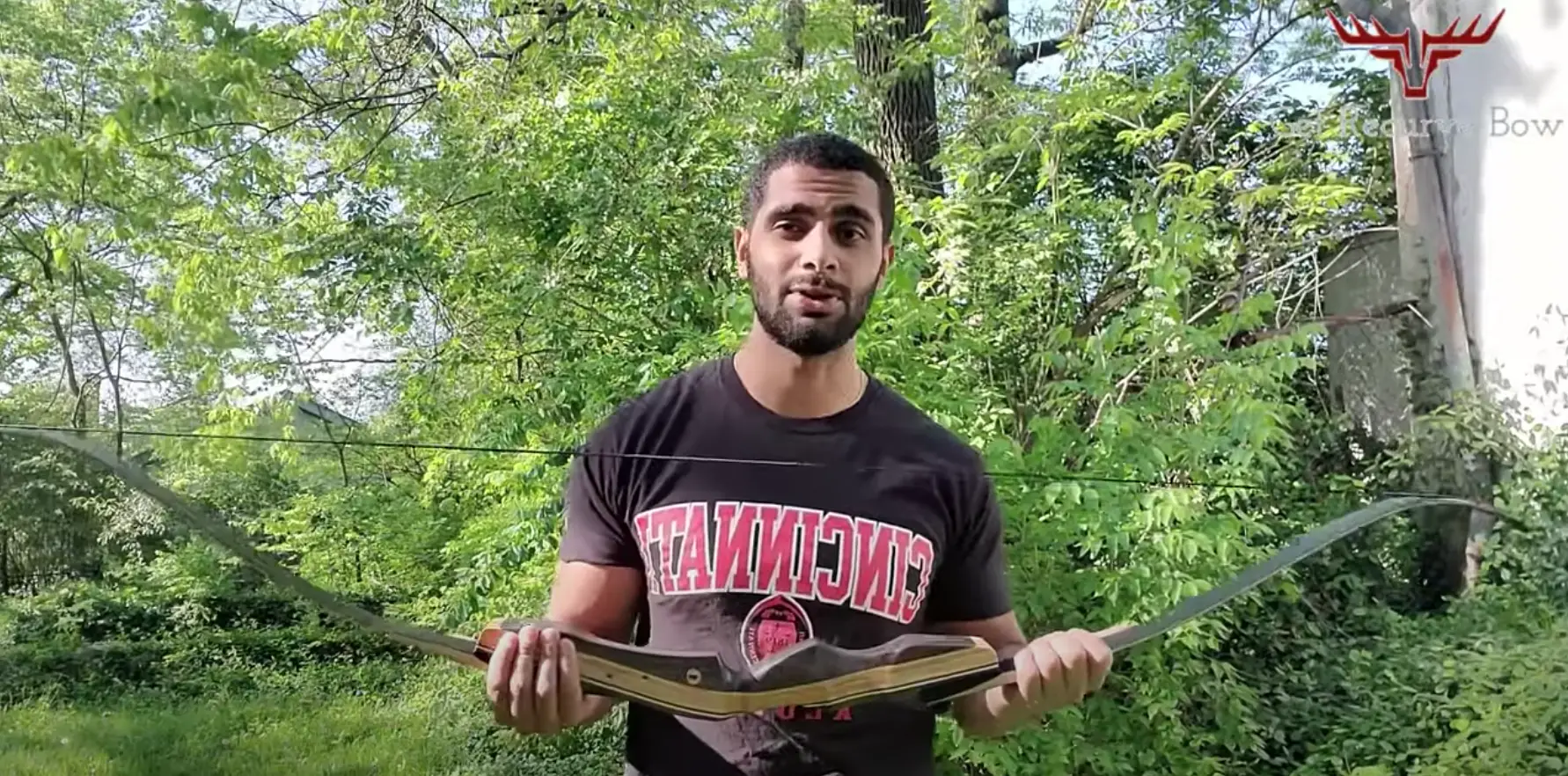
Archery is my hobby & I usually hunt and play on weekends and after work. It’s a passion since I was very young and I love writing about it as well to continuously learn more and share the love of archery with others!

